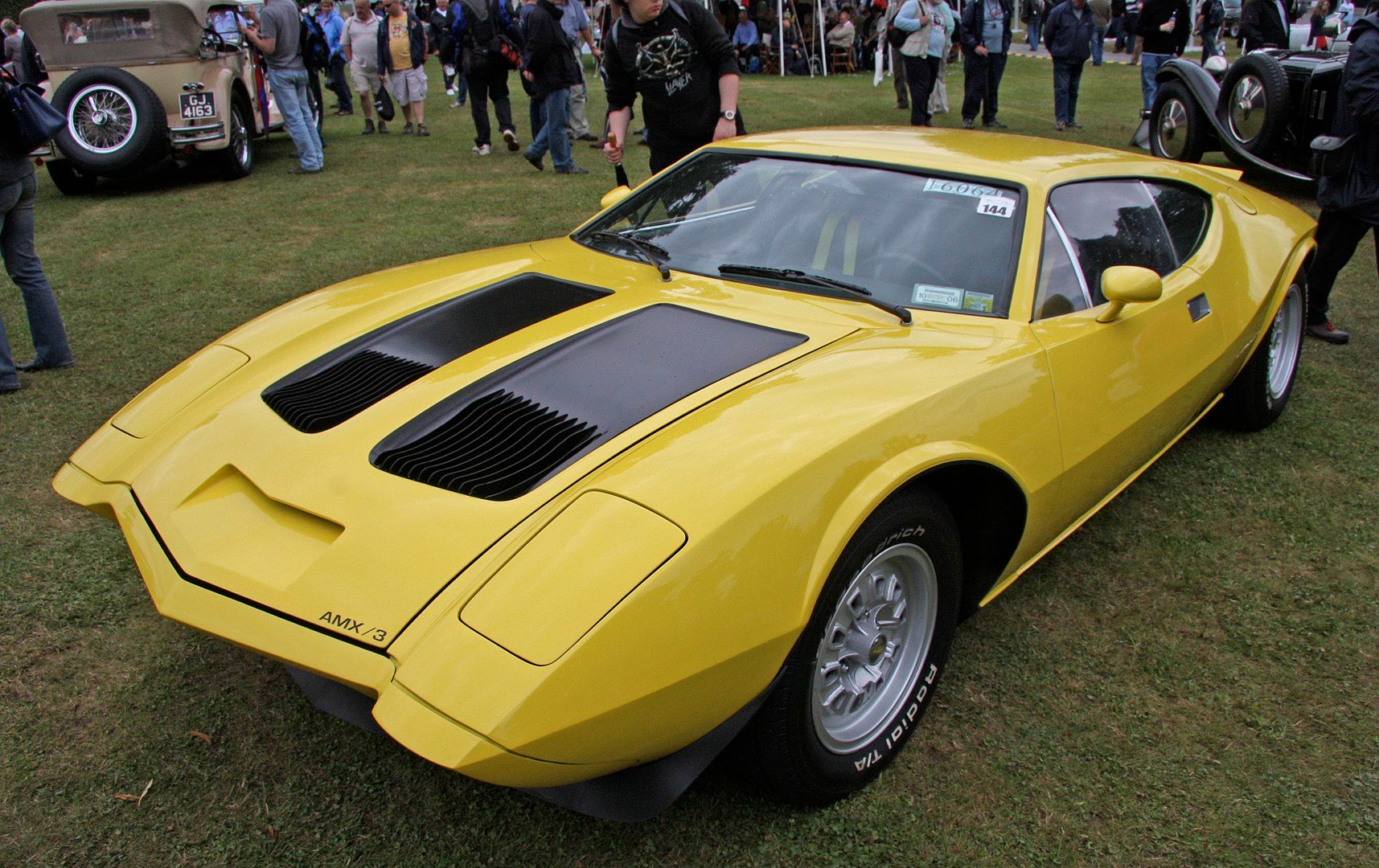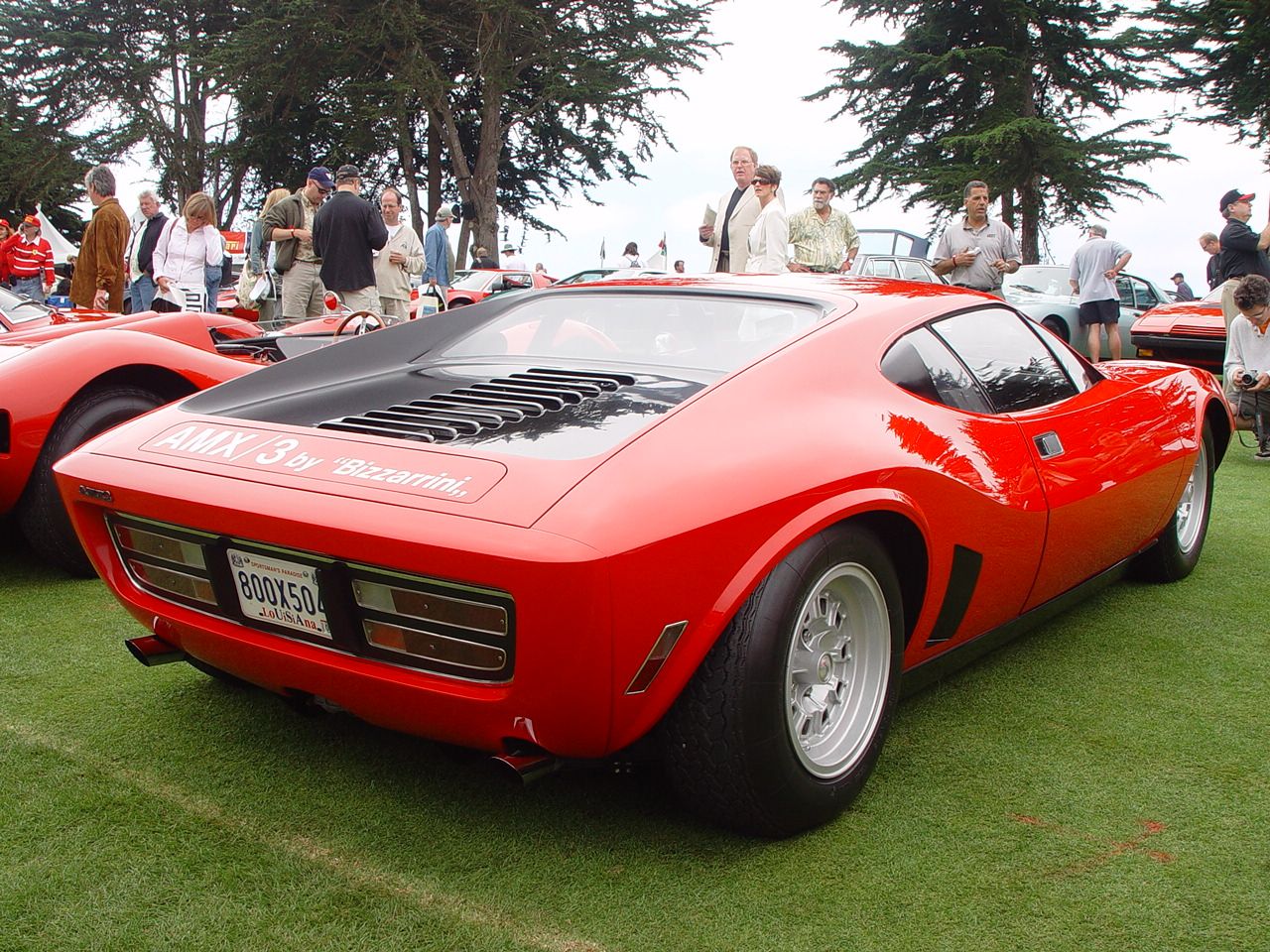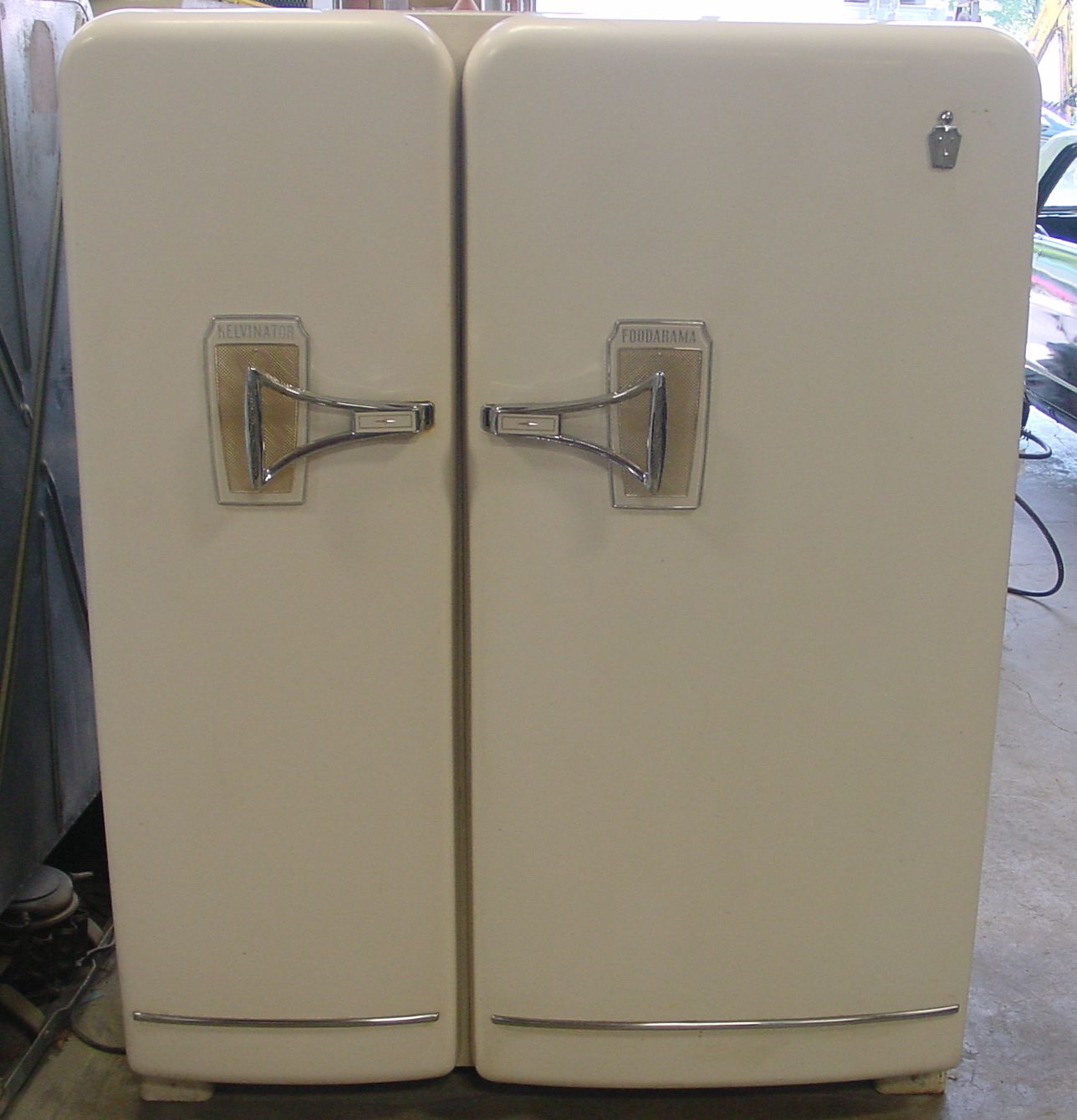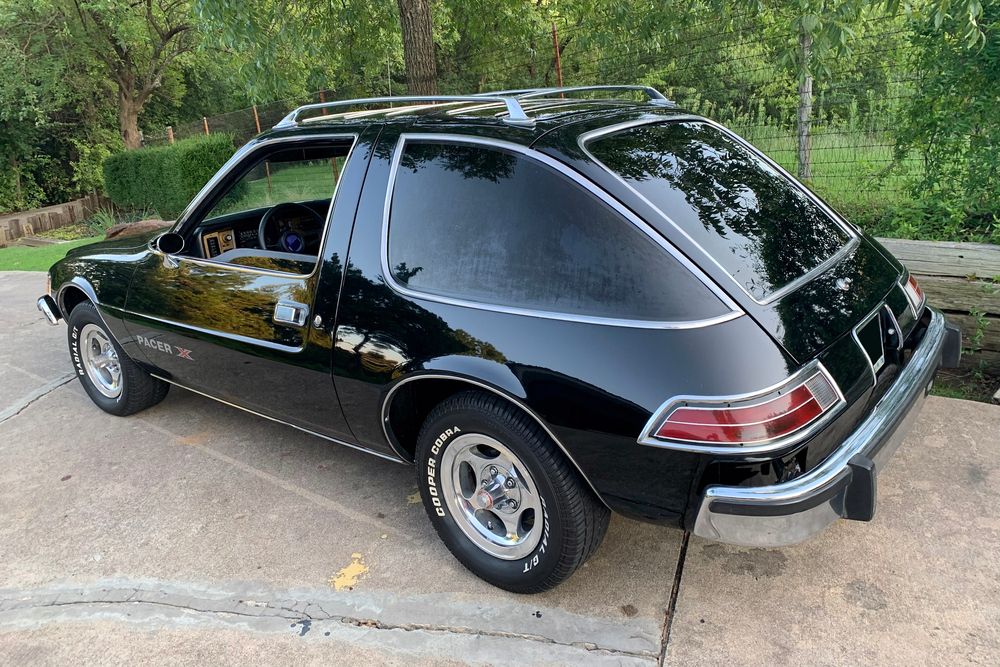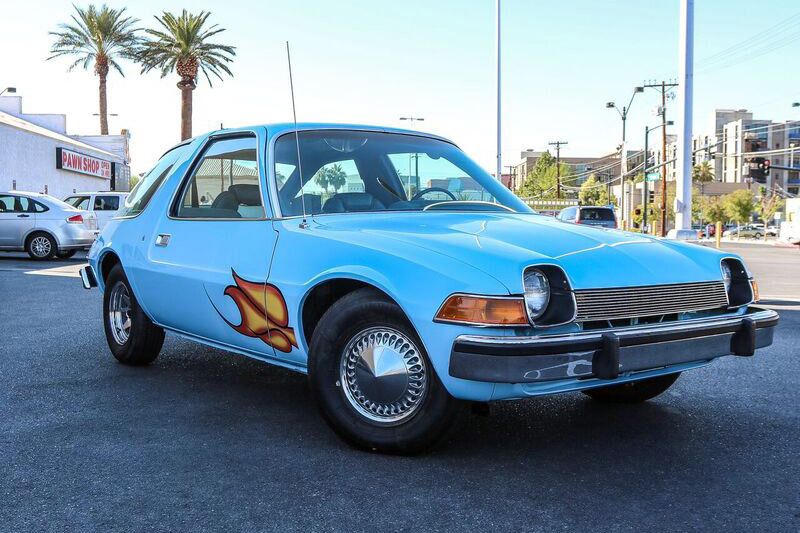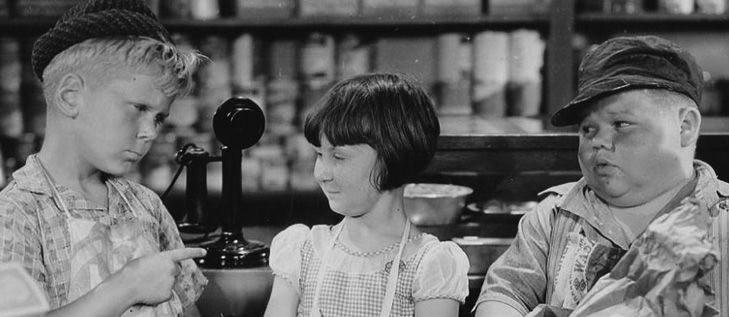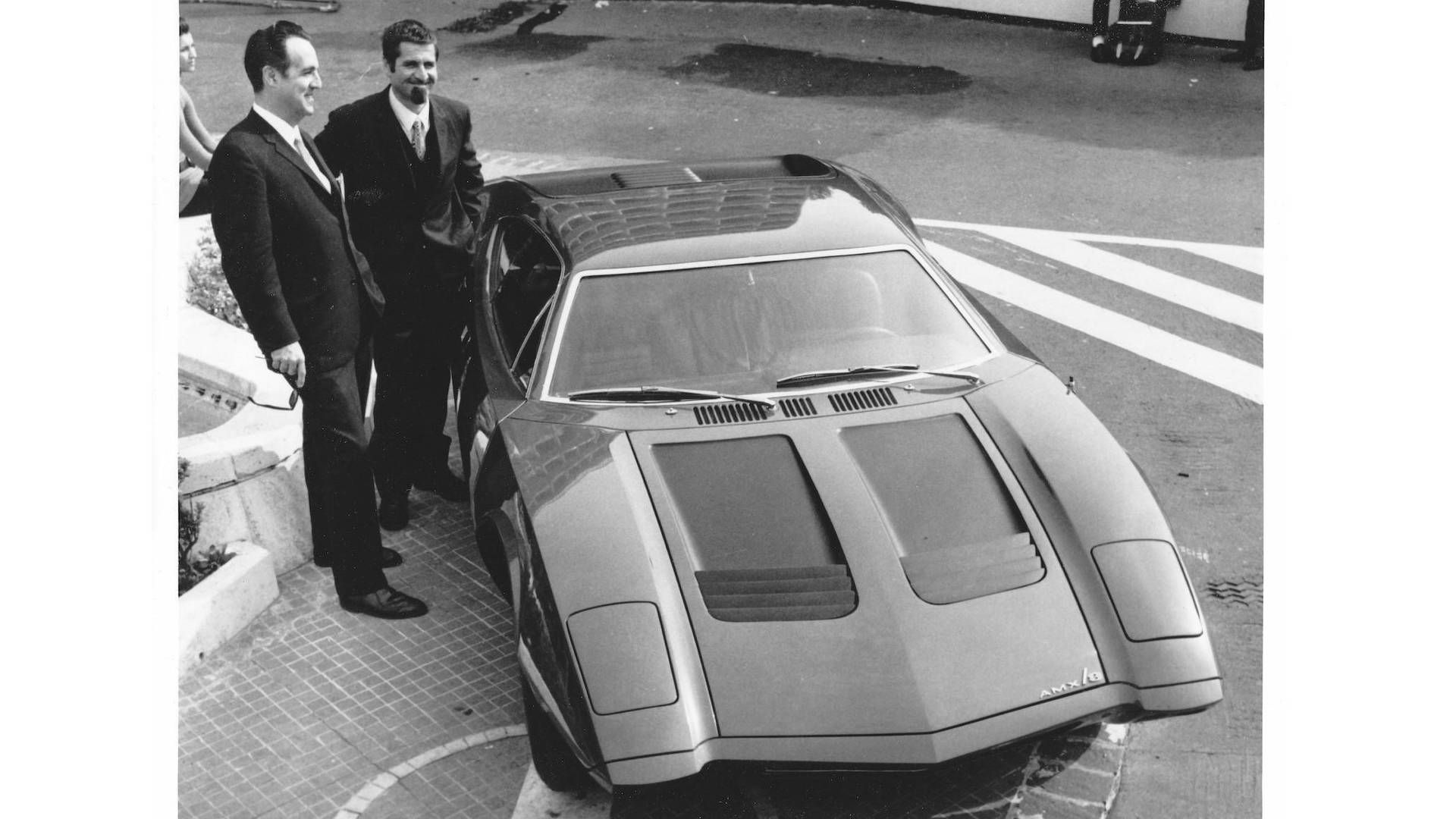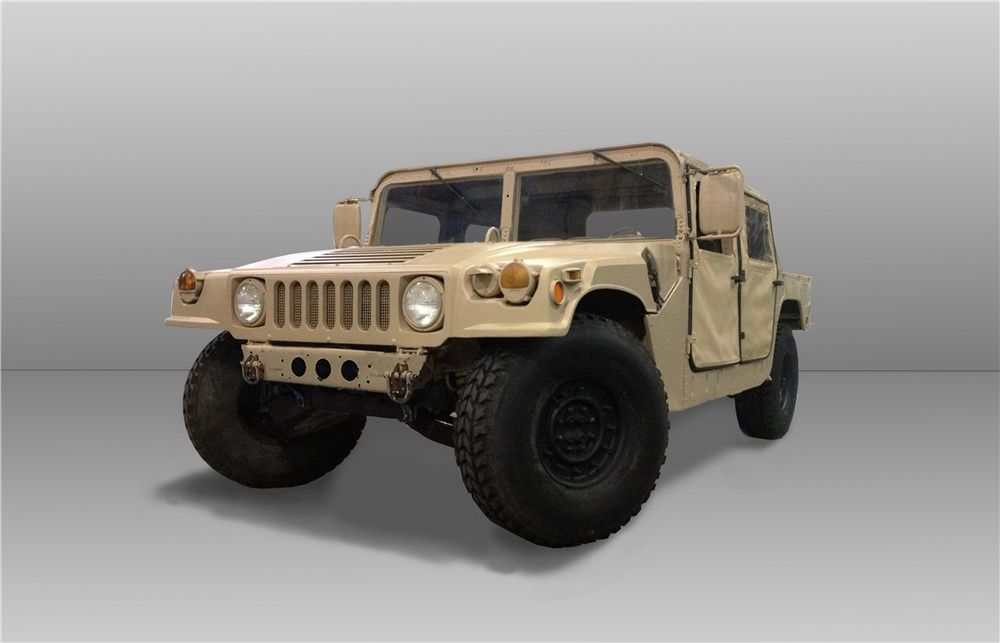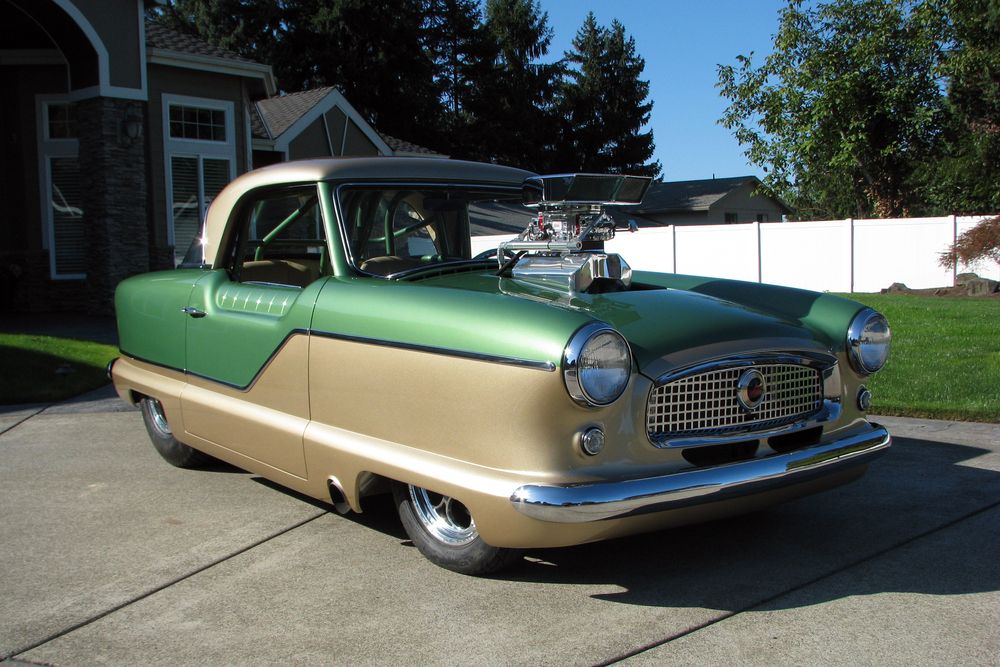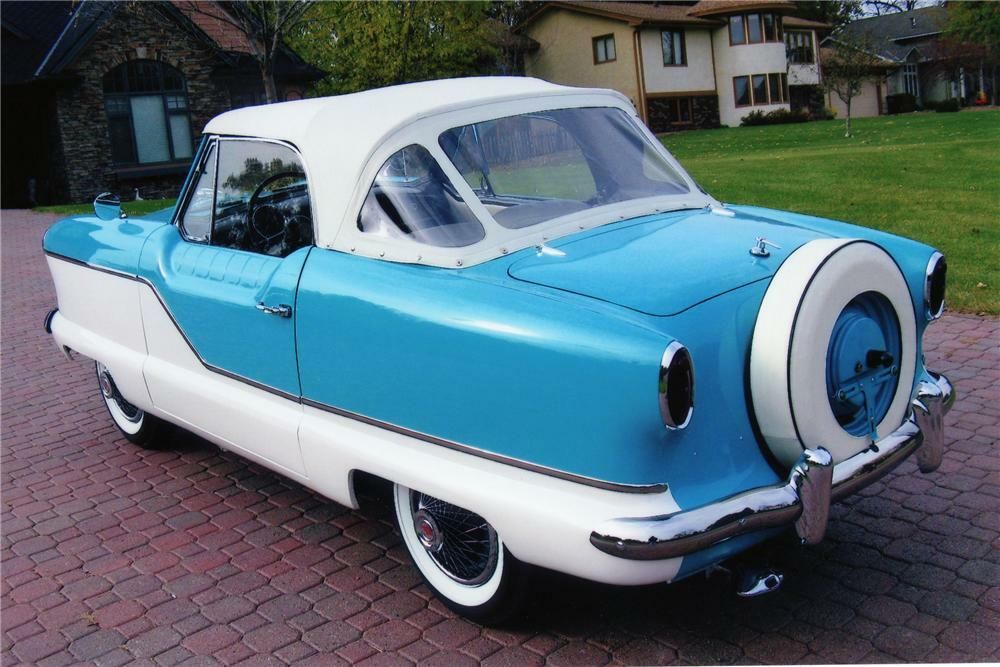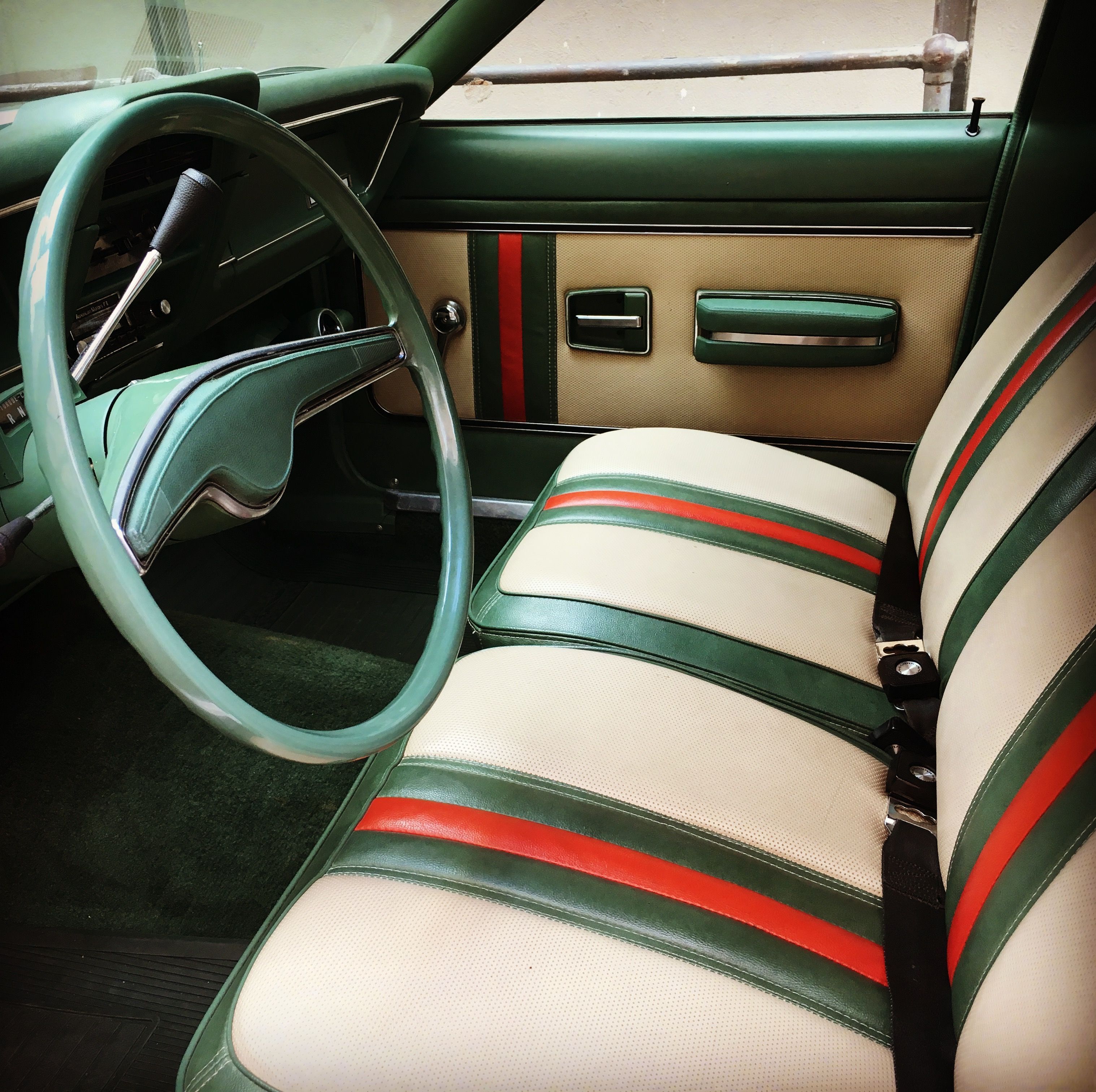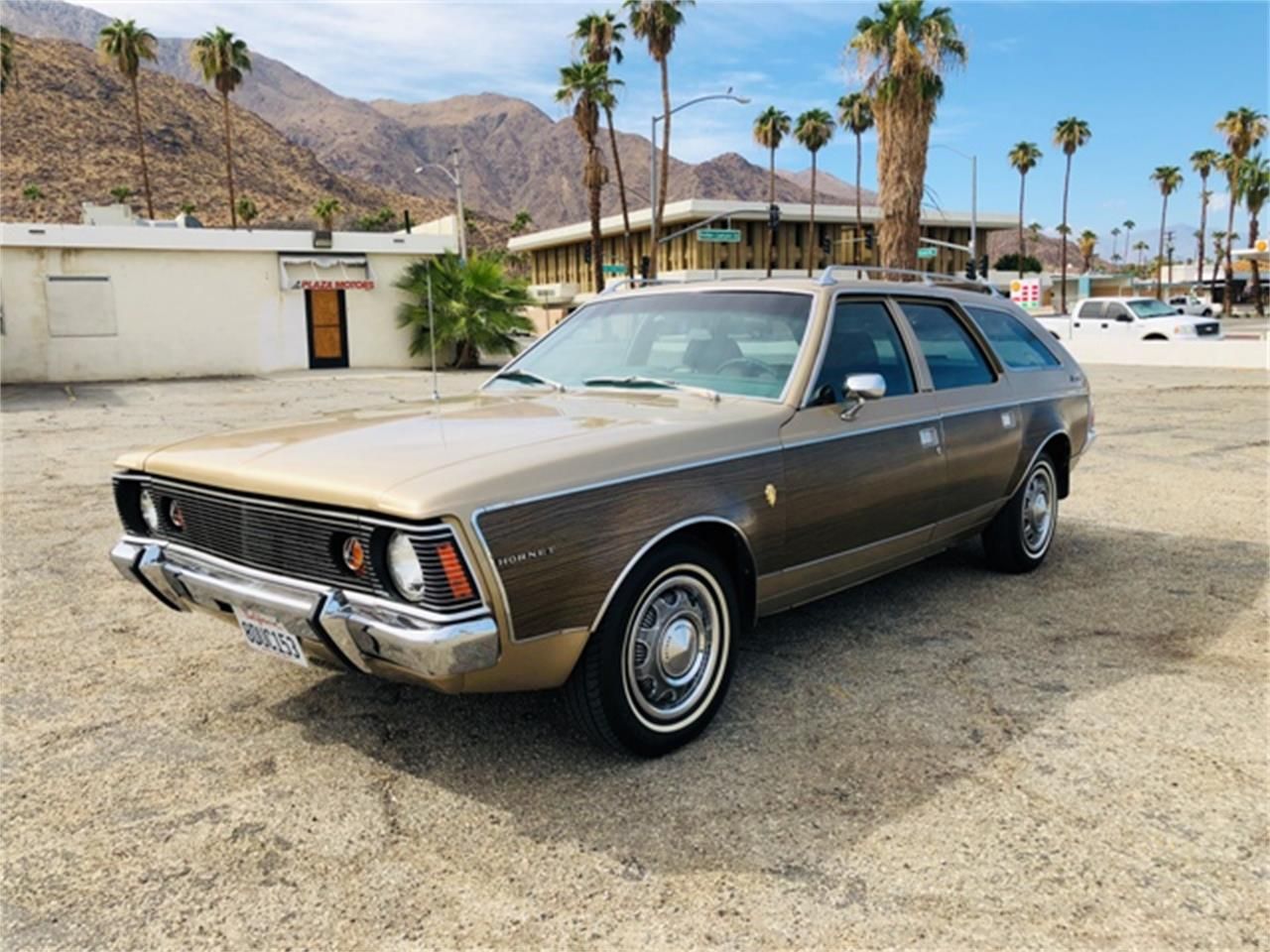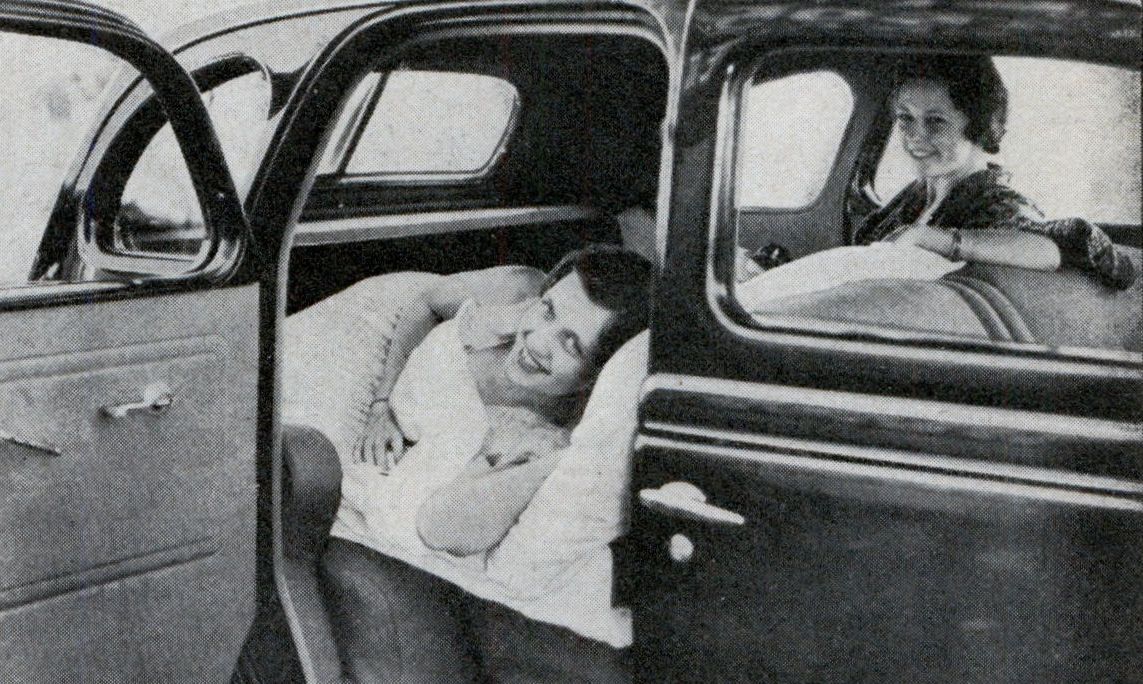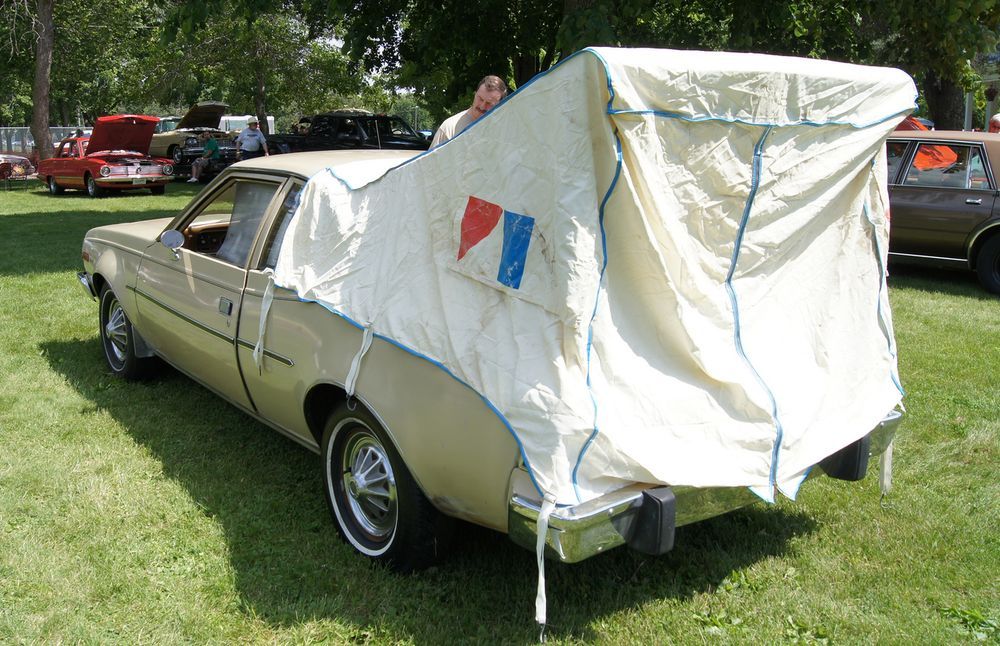For a company that struggled to keep up in a world of industry dominated by the juggernauts of the "Big 3" Detroit automakers, American Motors Corporation managed to motivate and captivate a fervent fan base that persists today. Forced to stretch budgets and bring cars to market using clever and inventive strategies, AMC churned out scores of desirable machines across many decades.
The Kenosha, Wisconsin corporation produced crowd-pleasers such as the venerable Rambler, the tire squealing AMX, and the iconic Jeep. They were also known for many innovations, such as low-cost financing and all-wheel drive passenger vehicles. While their cars inspired many, ultimately the underdog status became its undoing as it succumbed to the all too familiar corporate merger. While many a gearhead stops to admire whenever they see a Hornet, Javelin, or Marlin cruising the strip, here are 10 things they may not know about this American legend.
10 AMC Designed Chrysler's First New Jeep
When AMC introduced the Jeep Cherokee, they took the world by storm, introducing a new vehicle segment that has grown to be the bulk of today’s auto sales. The original Cherokee was a smashing success for AMC but could not keep the company afloat.
Chrysler took possession of the Cherokee and all associated plans. It just happened that AMC had a fully developed larger model of the Cherokee that Chrysler later introduced as the Jeep Grand Cherokee, making it the final AMC vehicle to be produced until 1998.
9 AMC Defense Contracting Was Ended By The State Dept.
With most modern corporations, their histories go back a long time and origins can be traced through a long line of corporate mergers and company takeovers. AMC is no different, and with its purchase of Jeep came its general products division. AMC separated this defense contractor into a wholly-owned subsidiary named AM General.
This became a problem when AMC was purchased by Renault in 1982. Under federal law, American defense contractors cannot be owned by foreign entities, and Renault was French. For this reason, Renault was forced to spin off AM General into an independent company and lost all control of it.
8 Produced The Mid-Engine Sports Car Prototype AMX
AMC produced one of the coolest muscle cars of all time, the AMX. Taking a different approach than its competitors at the time, AMC made a lightweight but powerful 2-seater. It proved to be a success both on the track and in the showroom.
Running with the wind in their sails, AMC took this success and commissioned a new design called the AMX/3. This was a mid-engined monster of a car that would have rivaled the supercars of their day. Although AMC gave no official reason for its cancellation, the automaker was cash strapped at the time and the project consumed way too much capital and would have yielded little, if any, profit. Only 6 cars were produced.
7 AMC Manufactured Appliances
Created as a result of the largest corporate merger of its time, Hudson Motors and Nash-Kelvinator Corporation combined to form American Motors Corporation, or AMC. The Kelvinator portion was an appliance manufacturing division of the Nash automobile company.
Under the ownership of AMC, Kelvinator continued to dominate the American market for refrigeration products. It remained a part of AMC until 1968 when it was sold.
6 The Pacer Was Originally Designed To Have A Rotary Engine
The Pacer was a clever and innovative product developed at a time when all the manufacturers were dealing with a myriad of issues, from federal emissions regulations and competition from Asia to the Arab oil embargo.
It had originally been designed to accommodate a Wankel rotary engine being developed by General Motors. Rotary engines are known to be terrible on fuel economy, and the oil embargo ultimately killed the program. This left AMC to shoehorn their 232 I-6 engine into it and created a whole host of problems as it was not designed for this configuration at all. Despite the troubles, the Pacer proved to be a sales success.
5 Chief Designer Richard Teague Was A Child Actor
It’s not uncommon for professionals to have different career paths before settling down in a profession. Many of the biggest names in Hollywood started out in mundane jobs that any of us could have. There is no reason this doesn’t pertain to auto designers as well. In fact, AMC head designer Richard Teague started in film.
At the young age of 5, Teague starred in the popular film show “Our Gang,” later known as “The Little Rascals.” He starred as Dixie Duval, a little girl, in 5 episodes. It was after he had been in a serious car accident, from which he was not harmed, that he stopped working in the show and his time in showbiz came to a close.
4 Hummer Began As An AMC Product
As previously mentioned, AM General was AMC’s defense contractor. In 1979, the Department of Defense was looking to replace Jeep, which had been servicing the Army reliably since WWII. While the Jeep had proven to be a reliable and capable tool, it was time for an upgrade.
AM General was awarded a contract to produce their new design, the High Mobility Multipurpose Wheeled Vehicle, or HMMWV. This is the vehicle that would later become the Hummer when introduced as a civilian vehicle.
3 Produced A Car In England
With the merger of Hudson and Nash, AMC inherited all of those companies’ lie-ups. This included the popular and plucky Nash Metropolitan. Beginning as a Nash product in 1953, it was later rebadged as the Metropolitan by AMC.
This car was designed in the United States by Nash for the American market but was produced in England by the Austin Motor Company due to its lower manufacturing costs. This arrangement continued through the AMC merger until it ended the model in 1962
2 Gucci Styled A Special Edition AMC
Special edition cars have been a way for automakers to boost sales for years. While many special editions are high-performance variants or ultimate luxury models, the 70s brought in major houses of style to add panache to an auto.
AMC brought in the House of Gucci to style their compact offering for 1972, the AMC Hornet Sportabout. It was a 4-door, 6 cylinder compact wagon adorned with the traditional Gucci colors of red and green on ivory. In addition to the multicolor vinyl seats was a headliner replete with the standard Gucci “double g” logo.
1 AMC Pioneered The Car Camping Craze Way Before Its Time
While you can find myriad Pinterest boards and YouTubers dedicated to glamping with their cars these days, it is not necessarily a new thing. In 1936 Nash introduced a feature that allowed passengers to fold the rear seat such that they could lay down in the back seat with legs extended into the trunk.
This was altered in later models, where the front seat folded flat, creating a large sleeping area inside the car. And again, AMC offered a full tent accessory for the Hornet Sportabout, transforming your entire car into the perfect camping rig, just like Pontiac did with the Aztec in 2000.

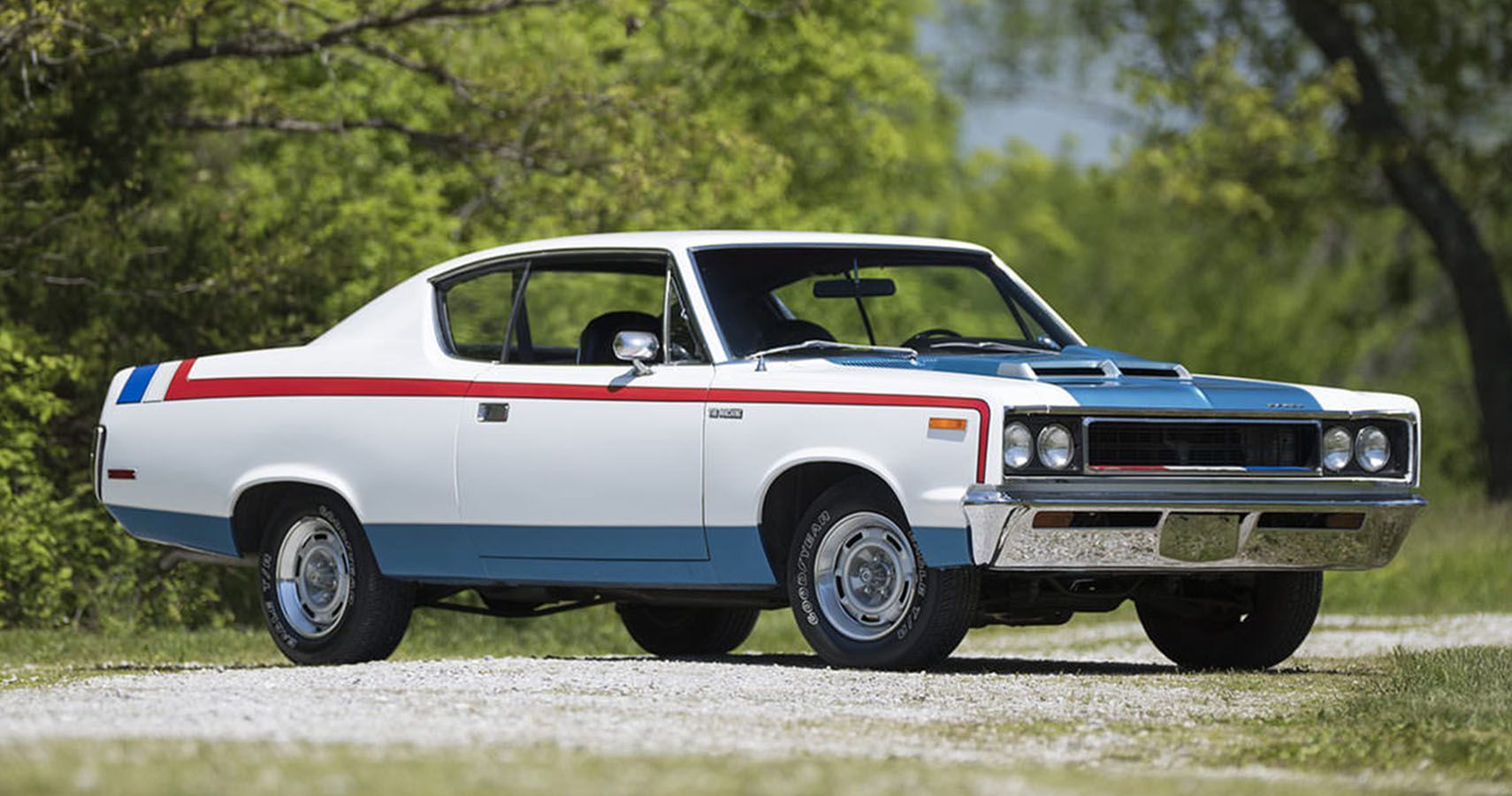
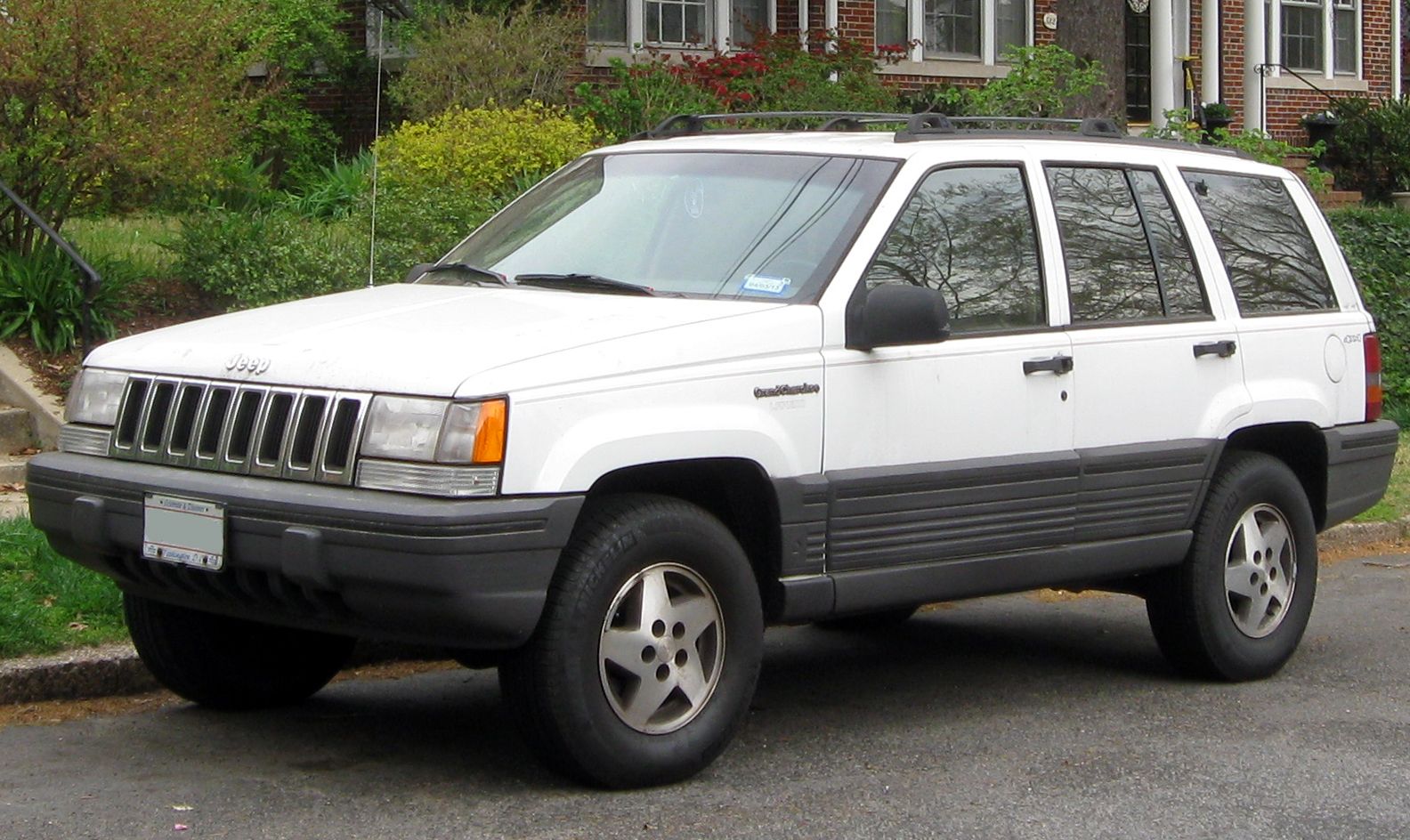
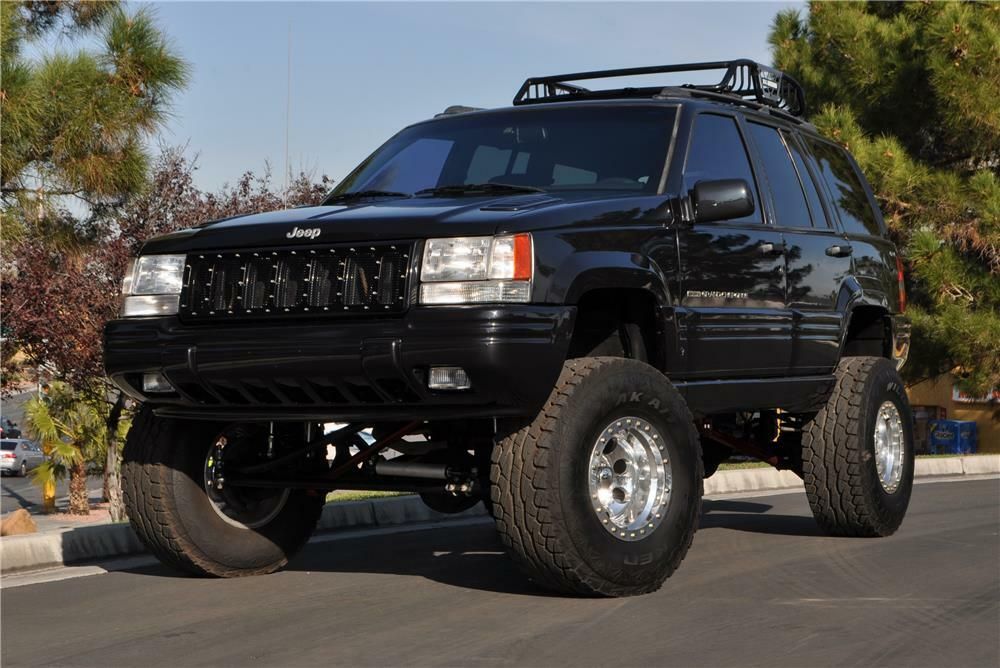
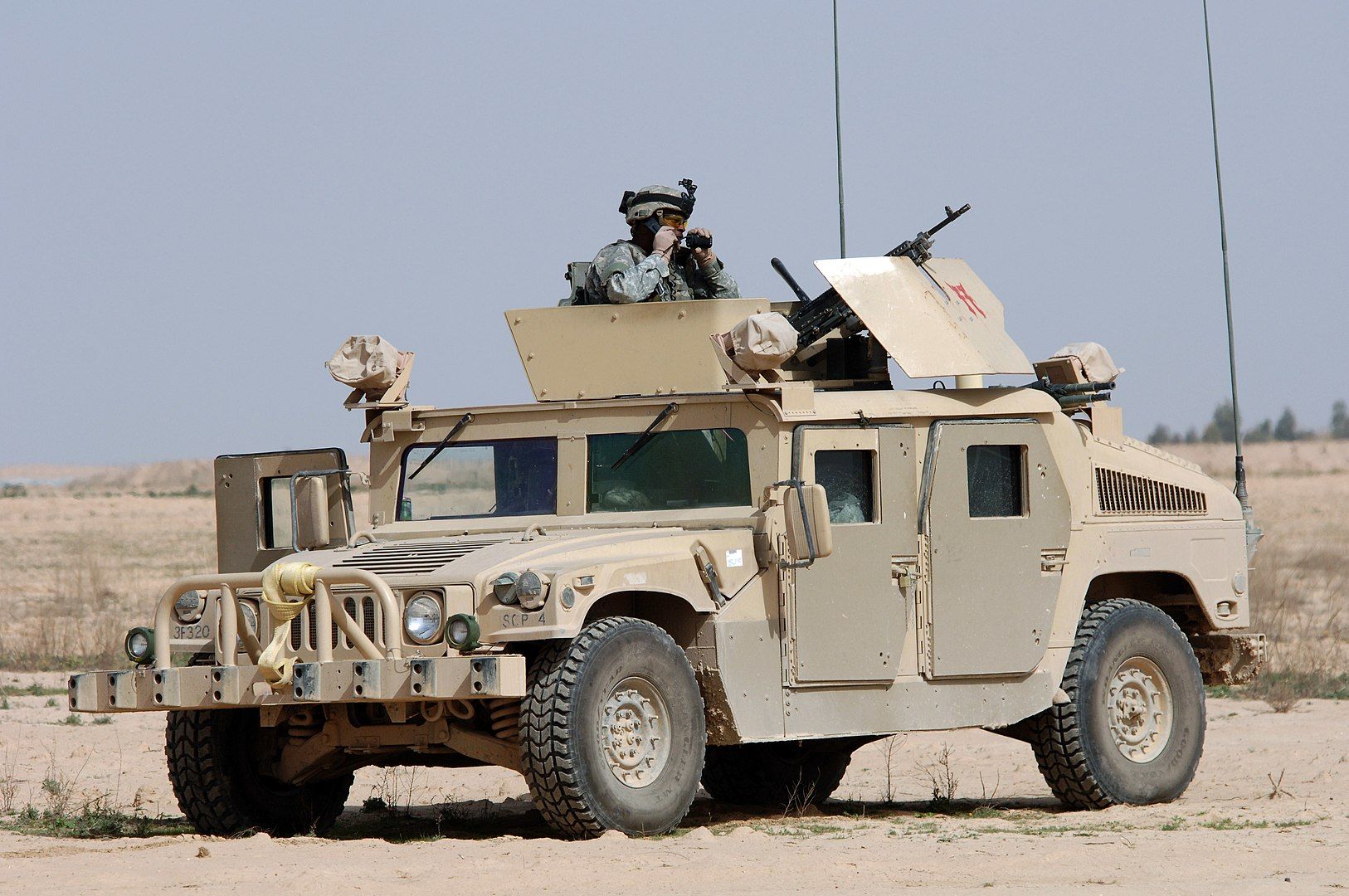
_GB_(owner_Gavin_Broad).jpeg)
